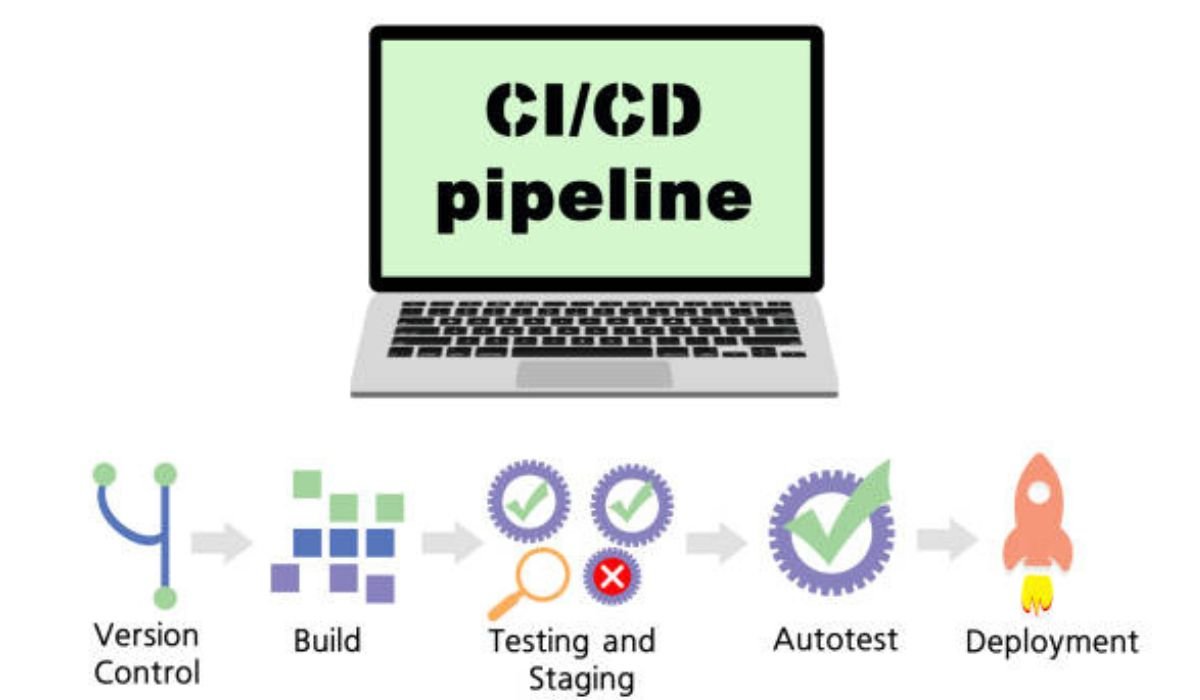One area has seen massive growth and transformation: AI-based data extraction. Businesses across industries are shifting away from manual data entry and static OCR tools to more intelligent, context-aware systems. From invoices and receipts to insurance forms and compliance documents, the goal is the same: extract usable data accurately and at scale.
AI-based data extraction platforms are now a cornerstone of digital transformation, driving efficiency, speed, and data-driven decisions. In this blog, we explore the top market leaders in the space, what sets them apart, and why businesses are increasingly exploring nanonets alternatives for flexibility, customization, and performance.
What Is AI-Based Data Extraction?
AI-based data extraction refers to the use of machine learning (ML), natural language processing (NLP), and computer vision to identify, extract, and organize data from structured, semi-structured, and unstructured documents.
Unlike traditional OCR, which only converts printed or handwritten text into digital form, AI-based systems understand document context, identify key-value pairs, validate data, and often trigger downstream workflows.
Use cases span:
- Invoice and receipt processing
- Insurance claim forms
- Loan and mortgage documents
- Identity verification (KYC)
- Healthcare patient records
- Bills of lading and logistics paperwork
Key Features to Look For
When evaluating AI data extraction platforms, consider the following capabilities:
- Template-Free Processing: Can the platform extract data from documents with varied layouts without needing templates?
- Model Training & Customization: Does it allow training custom models with your own data?
- Pre-Built Workflows: Are there industry-specific templates available?
- Ease of Use: Is it no-code/low-code or does it require technical expertise?
- Integrations: Can it connect with your CRM, ERP, or document management system?
- Accuracy and Validation: How well does it handle noisy, handwritten, or poorly scanned inputs?
- Scalability: Can it process thousands of documents daily?
Top Market Leaders in AI-Based Data Extraction
Let’s examine the major players dominating the AI data extraction space today:
1. Docsumo
Docsumo is emerging as a go-to solution for AI-powered data extraction across industries like finance, logistics, and insurance. With a no-code interface and robust automation capabilities, Docsumo allows businesses to process thousands of documents daily—without requiring technical expertise.
Strengths:
- Template-free AI that handles document variations with ease
- Rapid onboarding and setup
- Built-in validation and business rule configurations
- Seamless integrations with CRMs, ERPs, and accounting systems
- Human-in-the-loop support for accuracy and compliance
- SOC 2 compliant and GDPR ready
2. Nanonets
Nanonets has gained popularity for its no-code approach and highly customizable models. Businesses can upload sample documents, label fields, and train models in minutes. It supports invoices, receipts, passports, driver licenses, purchase orders, and more.
Strengths:
- Easy onboarding
- Custom model training with minimal effort
- Built-in human-in-the-loop workflows
Limitations:
- Performance may vary based on document complexity
- Limited out-of-the-box integrations compared to some enterprise tools
- Less suited for high-compliance industries requiring extensive audit trails
As a result, many organizations are starting to explore Nanonets alternatives for more advanced validation capabilities and scalability.
3. Amazon Textract
Textract is AWS’s flagship tool for extracting text, forms, and tables from documents. It’s API-first and integrates natively into the AWS ecosystem.
Strengths:
- High scalability for batch processing
- Deep AWS integration (Lambda, S3, DynamoDB, etc.)
- Strong table and key-value pair extraction
Challenges:
- Requires engineering resources for setup
- No out-of-the-box UI
- Limited model customization
Ideal for companies already committed to AWS infrastructure and with strong in-house development teams.
4. Google Document AI
Part of the Google Cloud suite, this tool supports pre-trained models for invoices, receipts, forms, and tax documents. It offers high accuracy and easy deployment within the GCP ecosystem.
Strengths:
- Pre-trained models for common use cases
- Seamless GCP integration
- Good language support
Limitations:
- Not as user-friendly for non-developers
- Limited flexibility for domain-specific documents
Best for GCP-native organizations looking for plug-and-play AI features.
5. ABBYY FlexiCapture
A legacy leader in OCR, ABBYY has expanded its platform with AI and machine learning features. FlexiCapture is highly customizable and supports complex document workflows in large enterprises.
Strengths:
- High accuracy with structured documents
- Strong compliance and audit capabilities
- Custom scripting and configuration
Challenges:
- Steep learning curve
- High upfront setup time and cost
Ideal for enterprises with the resources to manage robust implementations.
6. Hypatos
Hypatos combines deep learning with finance-focused document processing. It’s built for invoice validation, accounting automation, and audit workflows.
Strengths:
- Designed for finance and shared services
- Human-in-the-loop interface
- High accuracy on financial documents
Limitations:
- Niche focus on finance
- Limited flexibility for documents outside accounting and procurement
Why Businesses Are Exploring Nanonets Alternatives
While Nanonets is often a great starting point for AI-based document processing, it may not meet the growing demands of scaling businesses. Companies are seeking nanonets alternatives to gain:
- Better Accuracy: Especially with low-quality scans or edge-case formats
- Industry-Specific Models: For insurance, logistics, or healthcare
- Enterprise-Grade Compliance: With SOC 2, HIPAA, GDPR certifications
- Advanced Validation Logic: Custom business rule configurations
- Stronger Integrations: Pre-built connectors to systems like SAP, NetSuite, Salesforce
According to a Gartner Market Guide, the IDP space is expanding rapidly, and businesses are investing in more tailored solutions with built-in domain intelligence.
Choosing the Right Platform for Your Business
No two businesses are the same—and neither are their documents. When selecting an AI data extraction tool, consider:
- Volume and Variety: Are you processing 1,000 or 100,000 documents per month?
- In-House Capabilities: Do you have a tech team or need a no-code UI?
- Document Complexity: Are your files standardized or free-form?
- Compliance Needs: Do you operate in a regulated industry?
- Time to Value: How quickly do you need results?
Docsumo: The Business-First Alternative
Among emerging tools, Docsumo is rapidly gaining attention as a robust, scalable alternative to both traditional players and platforms like Nanonets. Here’s why it stands out:
- Template-Free AI: Handles document variations without needing fixed formats
- No-Code Rules Engine: Customize workflows and validations without coding
- Industry Focus: Optimized for finance, logistics, and insurance use cases
- Human-in-the-Loop Review: Ensure accuracy where it matters most
- Enterprise Ready: SOC 2 compliant, GDPR ready, and scalable
- Rapid Onboarding: Go live in days, not weeks
Whether you’re automating freight bills, insurance claims, vendor invoices, or KYC forms, Docsumo brings the intelligence, flexibility, and reliability needed to scale document automation with confidence.
Final Thoughts
AI-based data extraction is becoming essential for modern operations. The leaders in this space are enabling faster, more accurate decisions by unlocking the data buried in documents. While platforms like Nanonets offer a good start, many businesses are seeking Nanonets alternatives to gain better control, higher precision, and deeper domain expertise.
Tools like Docsumo represent the next evolution: combining smart automation with usability, compliance, and domain-specific logic. As your organization grows, choosing a platform that aligns with your data, processes, and team skills will determine your automation success.
Now is the time to move from manual to intelligent—and the right AI extraction tool can help you get there.
READ ALSO: Building Domain-Specific AI Agents











